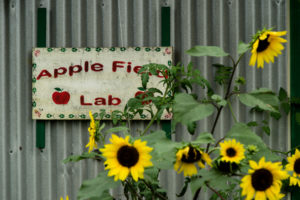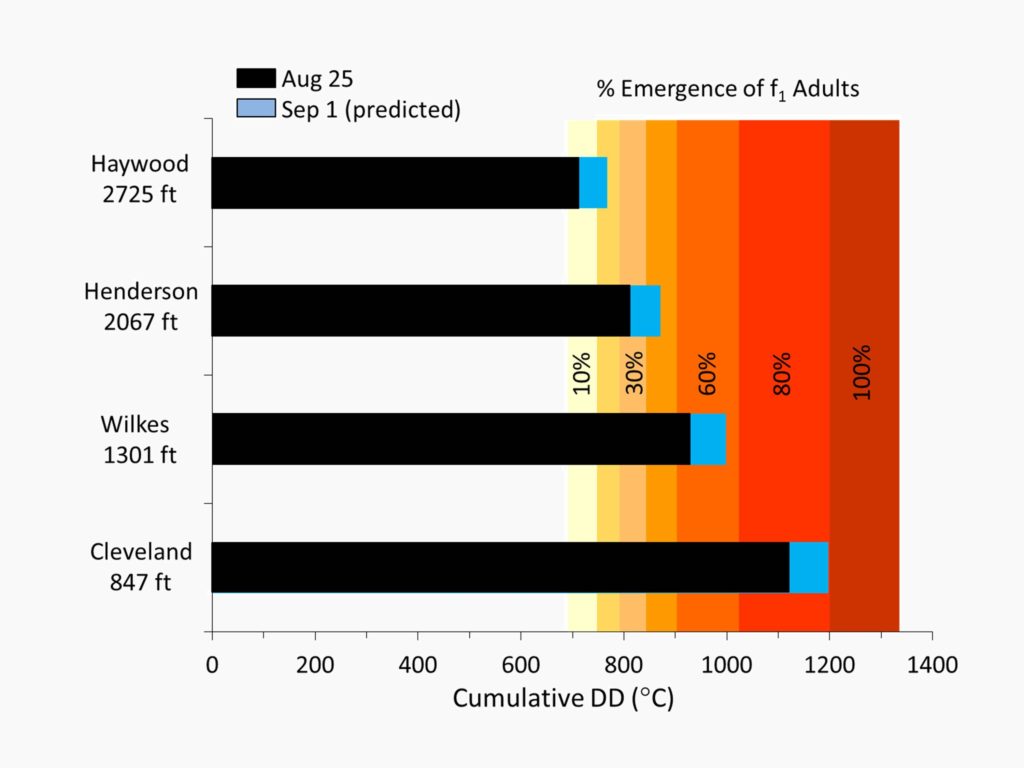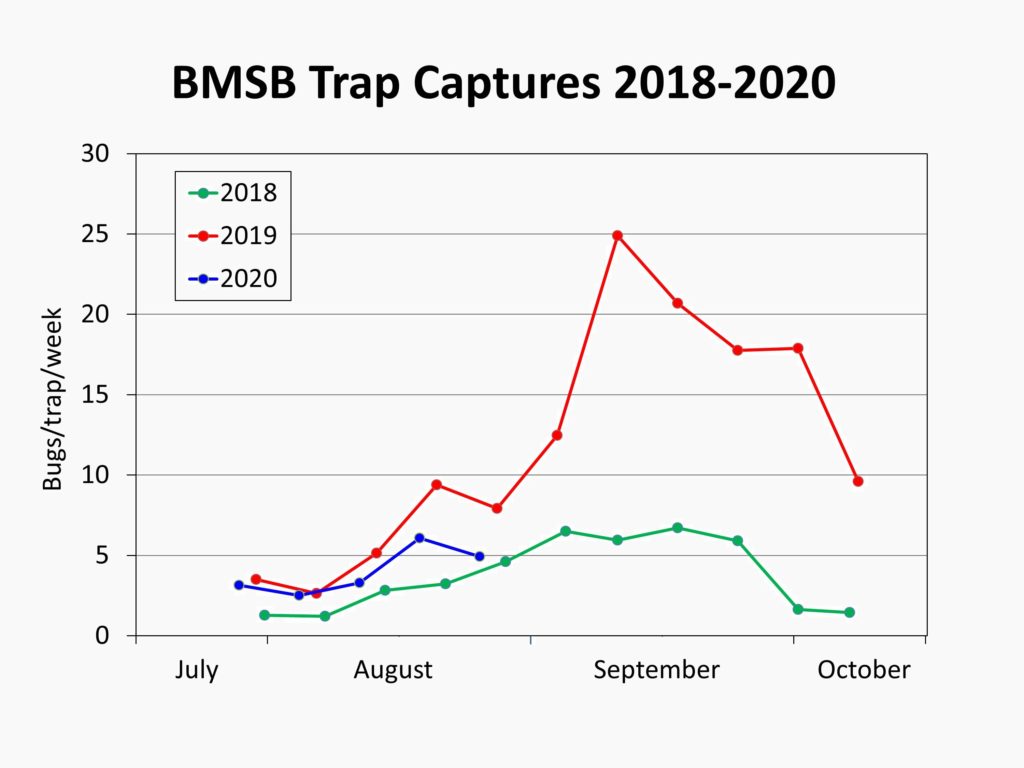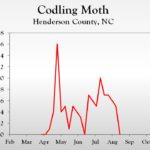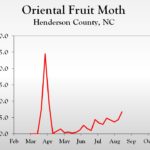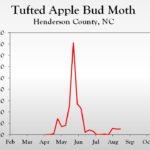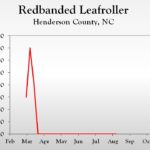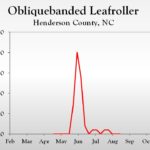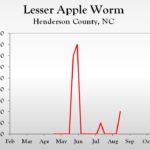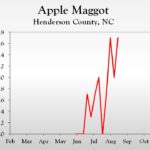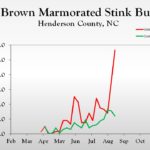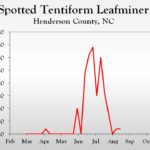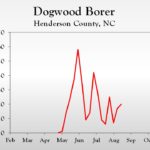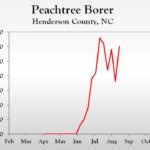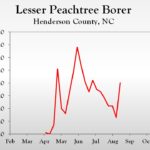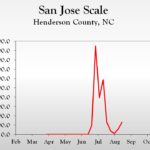WNC Orchard Insect Pest Populations – August 25, 2020
go.ncsu.edu/readext?725886
en Español / em Português
El inglés es el idioma de control de esta página. En la medida en que haya algún conflicto entre la traducción al inglés y la traducción, el inglés prevalece.
Al hacer clic en el enlace de traducción se activa un servicio de traducción gratuito para convertir la página al español. Al igual que con cualquier traducción por Internet, la conversión no es sensible al contexto y puede que no traduzca el texto en su significado original. NC State Extension no garantiza la exactitud del texto traducido. Por favor, tenga en cuenta que algunas aplicaciones y/o servicios pueden no funcionar como se espera cuando se traducen.
Português
Inglês é o idioma de controle desta página. Na medida que haja algum conflito entre o texto original em Inglês e a tradução, o Inglês prevalece.
Ao clicar no link de tradução, um serviço gratuito de tradução será ativado para converter a página para o Português. Como em qualquer tradução pela internet, a conversão não é sensivel ao contexto e pode não ocorrer a tradução para o significado orginal. O serviço de Extensão da Carolina do Norte (NC State Extension) não garante a exatidão do texto traduzido. Por favor, observe que algumas funções ou serviços podem não funcionar como esperado após a tradução.
English
English is the controlling language of this page. To the extent there is any conflict between the English text and the translation, English controls.
Clicking on the translation link activates a free translation service to convert the page to Spanish. As with any Internet translation, the conversion is not context-sensitive and may not translate the text to its original meaning. NC State Extension does not guarantee the accuracy of the translated text. Please note that some applications and/or services may not function as expected when translated.
Collapse ▲In keeping with the theme of the past several weeks, insects of greatest concern at this time are brown marmorated stink bug (BMSB) and oriental fruit moth (OFM).
Emergence of first-generation BMSB adults continues throughout the region. Based on model predictions, emergence is just beginning in higher elevations such as Haywood County, and is almost 75% complete in lower elevations such as Lincoln/Cleveland County.
Brown Marmorated Stink Bug
Based on pheromone trap captures to date, BMSB populations this year appear to be lower than last year at this time. This is illustrated in the figure below, which shows average BMSB pheromone trap captures in the same six locations over the past 3 years. While it is a little early to make predictions on the size of this year’s population, population densities appear to be similar to 2018 as opposed to 2019. We will continue to provide updates on populations over the coming weeks.
Oriental Fruit Moth
As is typical for this time of the year, OFM pheromone trap captures have continued to increase in several locations. Where pyrethroids are being applied for BMSB, OFM should not be a problem, because these insecticides are quite effective against this pest. Where BMSB populations are low and insecticidal control is not warranted, it would be wise to keep an eye on OFM. Where mating disruption has been used, it is highly unlikely that OFM populations are problematic.
Learn more about southeastern apple insect pests at the Apple Insect Management page.
2020 Average Weekly Trap Captures
| HENDERSON COUNTY | |||
| Insects per trap | |||
| Aug 10 | Aug 17 | Aug 24 | |
| Codling moth | 0.6 | 0.5 | 0.0 |
| Oriental fruit moth | 3.6 | 4.3 | 6.7 |
| Tufted apple bud moth | 5.5 | 5.0 | 5.0 |
| Redbanded leafroller | 0.0 | 0.0 | 0.0 |
| Obliquebanded leafroller | 0.0 | 0.0 | 0.0 |
| Lesser appleworm | 0.0 | 0.0 | 2.0 |
| Apple maggot (abandoned and research orchards) | 1.7 | 1.0 | 1.7 |
| Brown marmorated stink bug (commercial) | 3.2 | 3.1 | 2.4 |
| Brown marmorated stink bug (unsprayed) | 2.8 | 7.0 | 11.3 |
| Spotted tentiform leafminer | 0.0 | 2.0 | 0.0 |
| Dogwood borer | 7.0 | 17.0 | 20.0 |
| Peachtree borer | 29.0 | 18.0 | 30.0 |
| Lesser peachtree borer | 22.0 | 13.0 | 40.0 |
| San Jose scale | 17.5 | 117.5 | 260.0 |
*Note that these averages illustrate only the timing of insect emergence and fluctuations in populations, and are not representative of population levels in any given orchard. The only way to have an accurate assessment of an individual orchard’s populations is to set up traps in that orchard.
2020 Accumulated Degree Days
| HENDERSON COUNTY | ||||
| Aug 10 | Aug 17 | Aug 24 | ||
| Codling moth (Biofix 4/20) | 1917 DD | 2095 DD | 2216 DD | |
| Oriental fruit moth (Biofix 3/30) | 2625 DD | 2843 DD | 2994 DD | |
| Tufted apple bud moth (Biofix 4/27) | 2367 DD | 2585 DD | 2736 DD | |
2020 Pest Trends (Click to Enlarge)
Visit WNC Orchard Insect Populations for archived posts.



